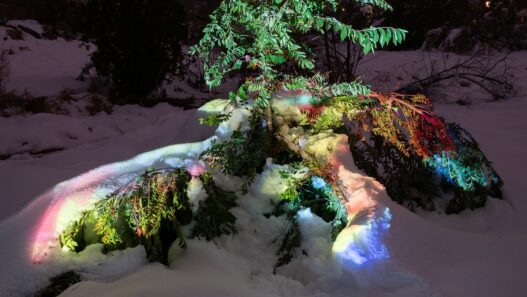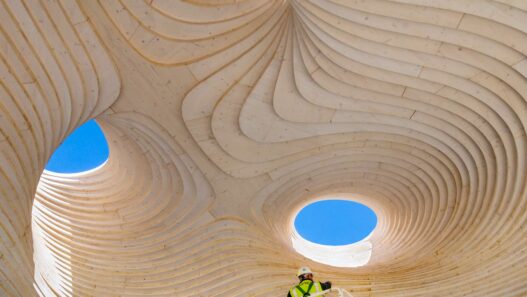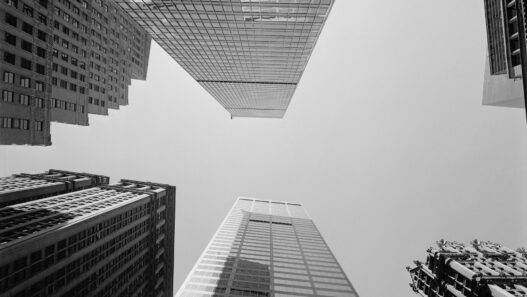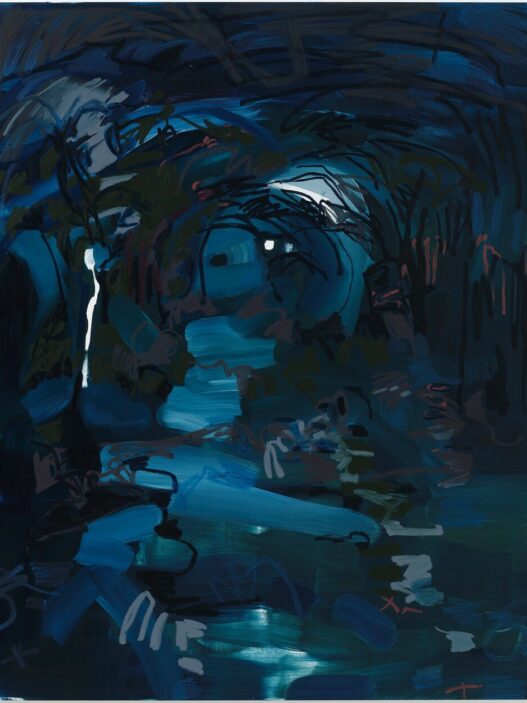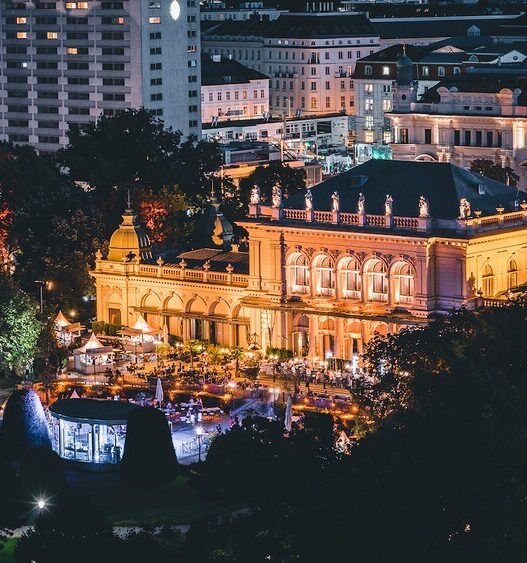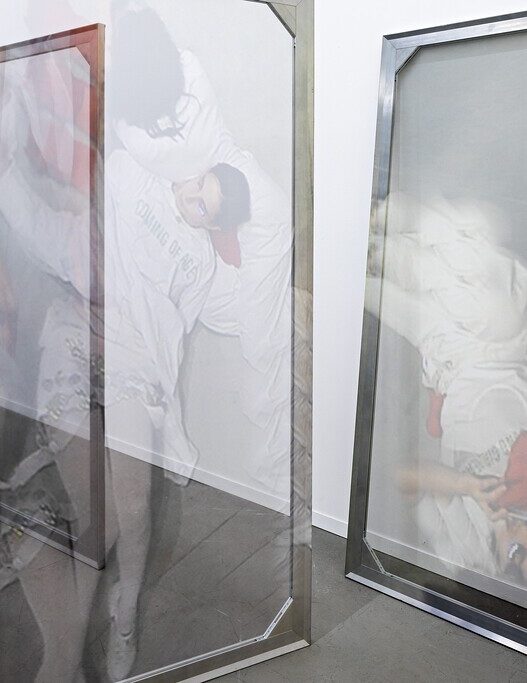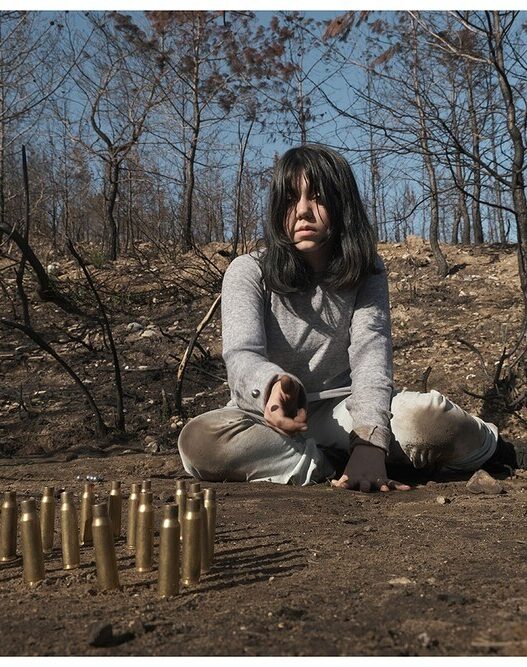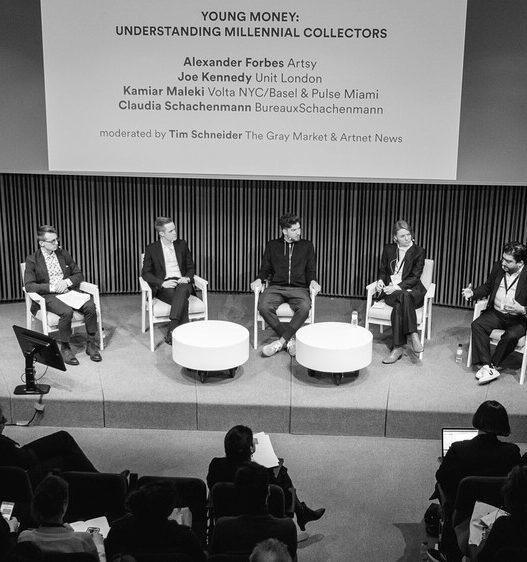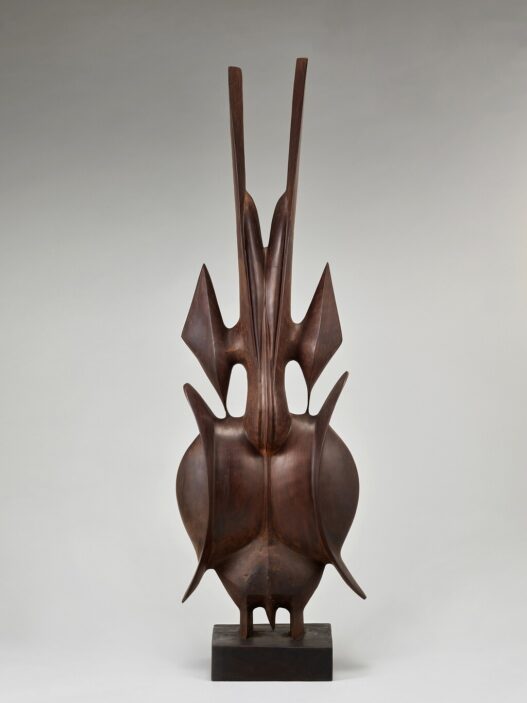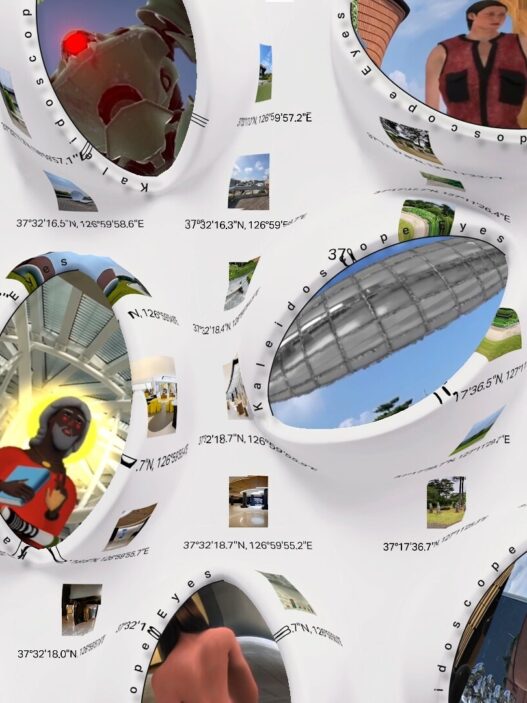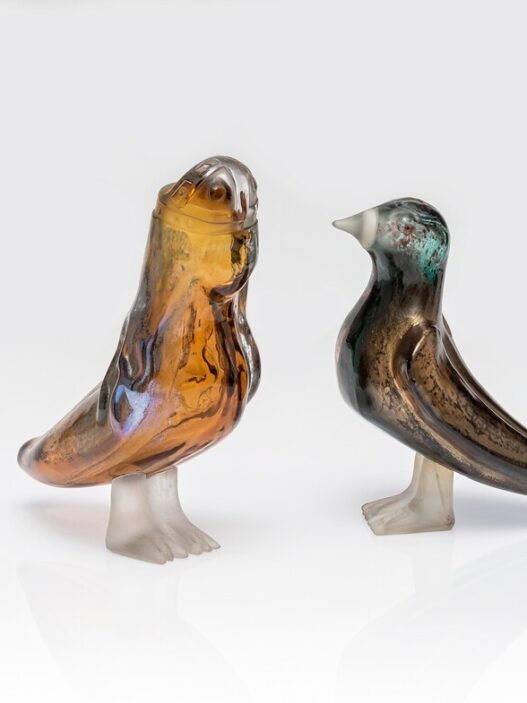September 9, 2022–January 22, 2023
The exhibition Betye Saar: Serious Moonlight compiles a number of the American artist’s immersive works (b. 1926, Los Angeles). They demonstrate how the artist harnesses the emotive power of found objects despite being rarely displayed till now. These installations present viewers with radical new worlds inspired by ritual and myth, highlighting Black identity and intersectional feminism within the broader framework of West Coast history and experience in the United States.
Saar’s installations, which are narratively rich, are influenced by the artist’s 1970s trips to Haiti, Mexico, and Nigeria. This show focuses on pieces that explore spirituality while making references to voodoo culture, astrology, or palmistry. The installations in Betye Saar: Serious Moonlight include references to the journey between life and death, the process of grief, and connections between magic and technology. Although Saar’s small-scale assemblages from the 1960s and 1970s are recognized as classic examples of Black feminist art, audiences have rarely had the chance to see the artist’s monumental installations, many of which have only recently been rediscovered and are on display here for the first time in decades. Over the course of a career spanning decades, Saar has been inspired by the history of the African diaspora to develop a highly important oeuvre of dense and vivid shapes.
With Serious Moonlight, 49 Nord 6 Est continues its exploration of diasporic visual languages in order to question hegemonic Western canons and the narratives that underpin them.
The exhibition is organized by the Institute of Contemporary Art, Miami (ICA Miami) in collaboration with 49 Nord 6 Est—Frac Lorraine, Metz and the Kunstmuseum Luzern. Curator: Stephanie Seidel, Curator, ICA Miami.
The exhibition at 49 Nord 6 Est is supported by Étant donnés—a programme of the Villa Albertine, FACE Foundation and the Ford Foundation, in partnership with the French Embassy of the United States, the French Ministry of Culture, the French Institute, the Helen Frankenthaler Foundation, Chanel and the ADAGP.
A monographic catalogue is published by ICA Miami and DelMonico Books • D.A.P., with contributions by Sampada Aranke, Edwidge Danticat, Leah Ollman, and Stephanie Seidel.
Degrés Est: Émilie Picard
The ninth artist to be given permission to utilize the cutting-edge Degrés Est facility is Émilie Picard (born in Toulouse in 1984; resides and works in Strasbourg), who was suggested by Felizitas Diering, director of Frac Alsace. The artist displays a unique and experimental work that serves as a stage for a larger ensemble.
Émilie Picard establishes a continuous contextual painting technique. The image’s residue, or function as a time marker, is of importance to the artist. She gathers discovered objects, paints them on a one-to-one scale, assembles them with naturalistic elements taken from historic friezes, and then removes parts of them to change how easily they can be read. She does this like an archaeologist. Émilie Picard displays the outcome of a new attempt for Degrés Est: a fresco made in the two weeks before the opening of the exhibition. The decaying process is depicted in the image by the artist. Emilie Picard’s art incorporates the strata that make up the various landscapes we look at, whether they are actual or virtual, figurative or abstract. It speaks of processes of improvisation, invisibility, and destruction. Her paintings reveal these décors in all their otherness (in both senses of the word: a “diminution” but also a “relationship to the other”). These networks of lines form the cartography of a flourishing social landscape.
A limited edition of a “make your own”-type puzzle-book is produced on the occasion of the exhibition.
Curated by Agnès Violeau.
Director: Fanny Gonella
Curator (Émilie Picard): Agnès Violeau
Public program: Justine Jean
Communication: Lise Augustin
Events
Brave book club: September 13, 2022–January 10, 2023
The book club meets monthly for discussions on literature.
Subjective visits: October 5, 2022–January 18, 2023
Psychics and mediums offer a subjective tour of the exhibition.
Healers/therapists: what form of care to choose?: October 13, 7–8:30pm
Panel discussion: possible complementary care systems in the field of mental health.
Transplantation: November 19, 3–4:30pm
Reading featuring a selection of texts by French-speaking female Caribbean writers.
Techxodus: January 14
Conference and Live set by rhythmanalyst and writer DeForrest Brown, Jr.
49 Nord 6 Est – Frac Lorraine
1 Bis Rue des Trinitaires
57000 Metz
France
Hours: Tuesday–Friday 2–6pm,
Saturday–Sunday 11am–7pm
T 0033 0 3 87 74 20 02
info@fraclorraine.org


